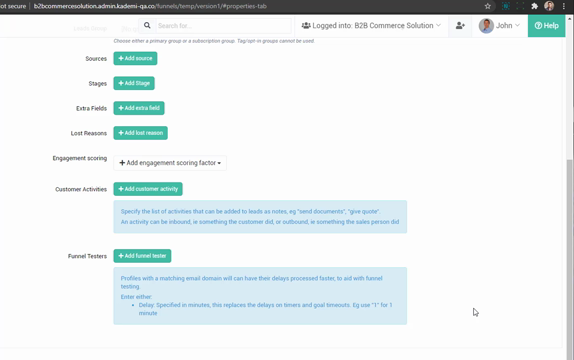The way customers connect, interact and buy from businesses is rapidly changing and with that drives the customers expectation for more - more value, more recognition and more choice. And, while technology provides us with greater opportunity to engage, it also creates additional platforms for competitors to target our customers, potentially shifting their loyalty from your brand to another.
While many businesses understand the importance of customer engagement to mitigate this risk, few understand the importance of how engagement is measured, how it’s increased and how it’s retained.
Measuring engagement is the first critical step in understanding the relationship between your brand and the customer. The most effective way to do this is by using an engagement score. The score is a number that reflects how engaged a customer is with your business at any given time.
Knowing how powerful this number can be, we’ve dedicated this article to showing you how it’s generated and how it can be used to retain or regain a customer’s loyalty.
How does an engagement score work?
To determine an engagement score, multiple factors are considered based on specific customer behaviours that are of value to your business goals. Some of these may include:
-
When a customer visits your website
-
When a customer makes a purchase from your online store
-
When a customer completes a survey
-
When a customer converts (clicks-through) from an email
Each behaviour is rated with a different score (called boost scores). At each interaction, a boost score is applied to the customers overall engagement score. For example, if a customer clicks through from an email, they may receive a boost score of 25. However, if they make a purchase from your online store - a highly valued interaction, they may gain a boost score of 50. That customer would now have an engagement score of 75, telling you they are a highly engaged.


